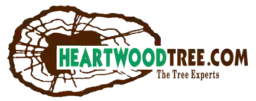CALL TO MEET WITH AN ARBORIST
704.525.3066 Charlotte
828.231.6008 Asheville
704.892.8927 Lake Norman
EAB
WHAT IS EMERALD ASH BORER?
Emerald ash borer (EAB), Agrilus planipennis, is an exotic beetle that was discovered in southeastern Michigan near Detroit in the summer of 2002. The natural range of EAB is eastern Russia, northern China, Japan, and Korea. Since its discovery, EAB has been found from Canada to the Southeastern US. The adult beetles superficially feed on leaves, but the larvae (immature stage) feed underneath the bark in the vascular system of the tree. The damage caused by EAB larvae eventually cut off water and nutrient flow within the tree leading to dieback first, then death.
WHY SHOULD I BE CONCERNED ABOUT EMERALD ASH BORER?
Emerald Ash Borer was first detected in the Charlotte area in 2017. EAB populations can grow exponentially each year because the beetle has few natural predators and our ash trees have limited natural defenses. When EAB is not managed, annual ash tree deaths can quickly overwhelm the resources required to remove dead and dying trees. EAB affects all species of ash, as well as native (white) fringe trees Chionanthus virginicus.
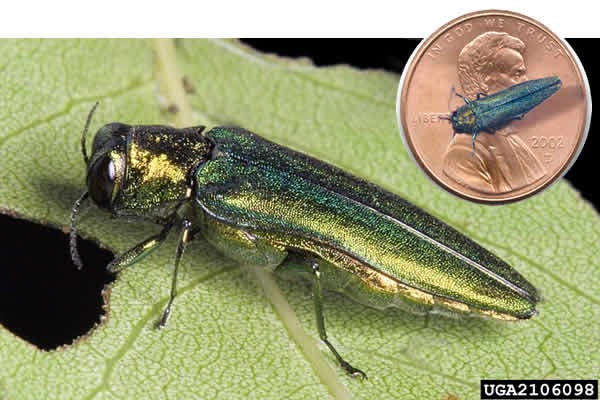
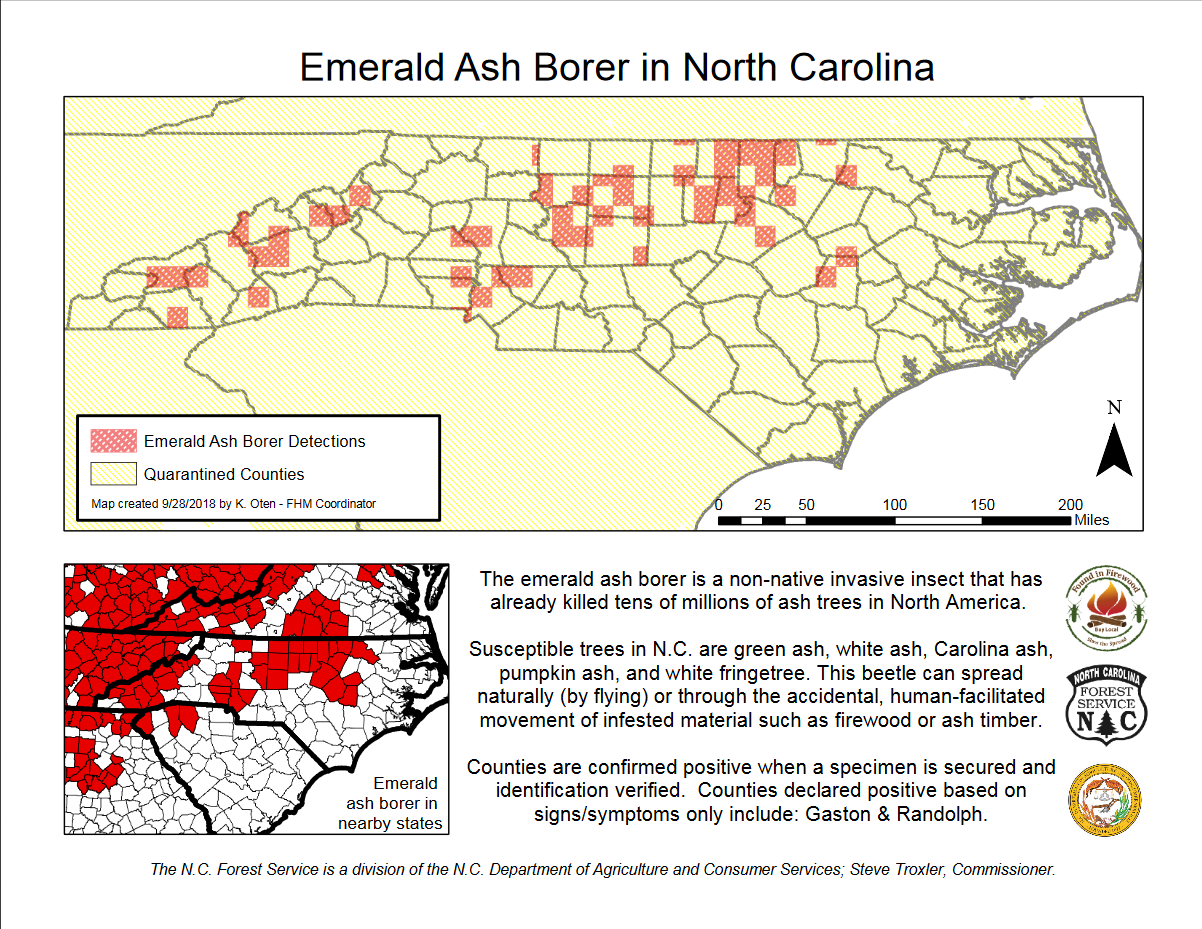
WHAT ARE THE SIGNS & SYMPTOMS OF EMERALD ASH BORER
EAB moves fast and does irreconcilable damage to ash trees. Infected trees exhibit tip dieback followed by large limb mortality. One-third to one-half of the branches may die in one year. Small, irregular branches called epicormic growth may develop along the trunk. Most of the canopy may die within 2 years of initial symptoms. EAB larvae form characteristic serpentine galleries under the bark of the tree. Bark cracks, or sunken areas on the trunk are symptomatic. In late spring, adult beetles emerge from trees leaving D-shaped exit holes.
WHAT CAN I DO?
A preventative trunk injection, which lasts 2 years, is the best option while pest pressures are at their greatest. Infested trees have also responded positively to treatment, as long as the canopy loss has not exceeded 30%. For trees smaller than 4” DBH where injection is not possible, a systemic soil drench is recommended on an annual basis.
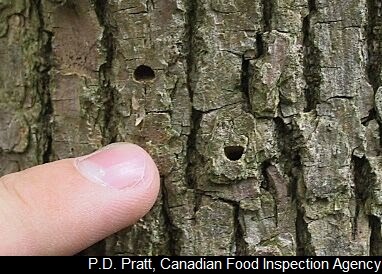
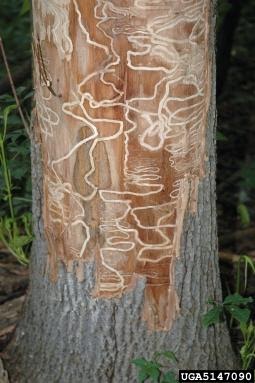
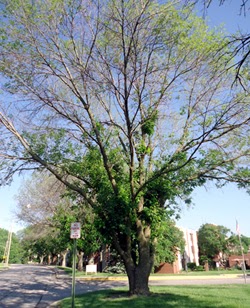
GET LIVE UPDATES FROM HEARTWOOD TREE
Stay current with the updates, newsletter and our event schedule. We are passionate about increasing awareness about the diminishing canopy coverage of our planet and we’re always staying involved to continue to be a part of the solution.
